Aquascaping, or the creation of underwater landscapes within aquariums, has grown in popularity in recent years. Aquatic habitats may be hypnotic in their beauty and peace, but the actual magic comes in the selection of the correct plants to produce the desired aesthetic.
Content Table
These most in-demand plants have been praised for their capacity to produce appealing underwater landscapes, improve the living circumstances of aquatic residents, and contribute significantly to the tank’s ecological balance.
In this post, we’ll look at some of the most in-demand plants for aquascaping, including their features, distribution, and needs in aquariums. We’ll also go over the major aquarium plant demand pillars to guarantee your underwater garden thrives.
Aquarium Plants in High Demand
The growing trend of Aquascaping has been obvious over the years and the demand is increased for their ability to improve both the visual appeal and general performance of aquatic settings. These plants come in a different range of sizes and structures with unique characteristics. Their popularity is well-deserved because of the ideal combination of beauty and functionality they provide to aquariums.
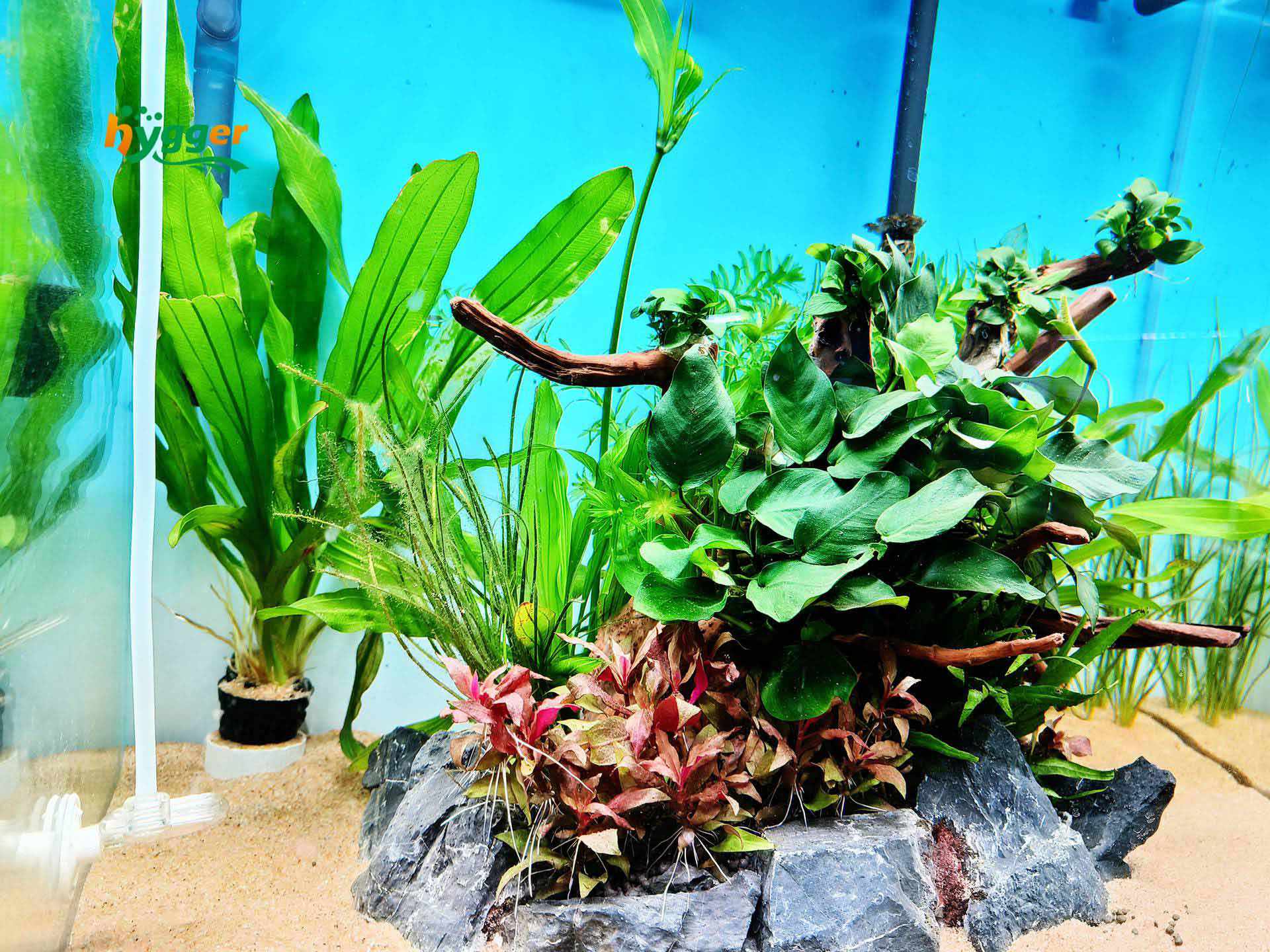
Characteristics of High-Demand Aquarium Plants
High-demand plants frequently share traits that make them desirable additions to aquascapes:
- Attractive Foliage: The foliage on these plants is often rich and colorful, adding color and texture to the aquarium. Whether it’s the vivid greens of Anubias or the dramatic reds of Ludwigia, they provide a plethora of options for personalizing your underwater garden.
- Ease of Care: Because most in-demand plants are simple to care for, they are appropriate for both novice and professional aquascapers. They require little care and may survive in a broad range of water conditions.
- Oxygen Production: Many high-demand plants are prolific oxygen generators, which improves the general health of the aquarium’s environment. This is very advantageous to fish and other aquatic animals.
- Growth Patterns: The most in-demand plants have a variety of growth patterns, including carpeting plants that generate lush, low-lying carpets, and taller stem plants that give vertical appeal and shading for other aquatic species.
Distribution of High Demand Aquarium Plants
The most in-demand plants are often distributed through local and online pet stores, specialty aquarium shops, and dedicated plant nurseries. They are also available via aquarium enthusiast forums, social media groups, and aquatic plant trade shows, Aquashella exhibitions.
Online markets and e-commerce platforms have made it easier for aquarium lovers to obtain a wide range of in-demand aquarium plants, many of which come from trustworthy growers and vendors.
Proper packaging and shipping procedures are required to guarantee that the plants reach in good condition and retain their attraction to aquarists looking to construct lush underwater landscapes.
Requirements of High-Demand Aquarium Plants
High-demand aquarium plants, which are frequently sourced from tropical places, require special care to grow. They require appropriate illumination, which is often provided by full-spectrum LED light or fluorescent lamps. Root growth requires a nutrient-rich substrate, such as aqua soil.
To encourage robust development, CO2 supplementation may be required. Pruning and maintenance regularly assist in preventing overgrowth and preserving the intended aquascape. The most in-demand plants benefit from water factors like pH and temperature that are comparable with their natural environment.
Furthermore, adequate water circulation and filtration maintain a healthy atmosphere, and the addition of needed macro and micronutrients via liquid fertilizers promotes lush and colorful growth.
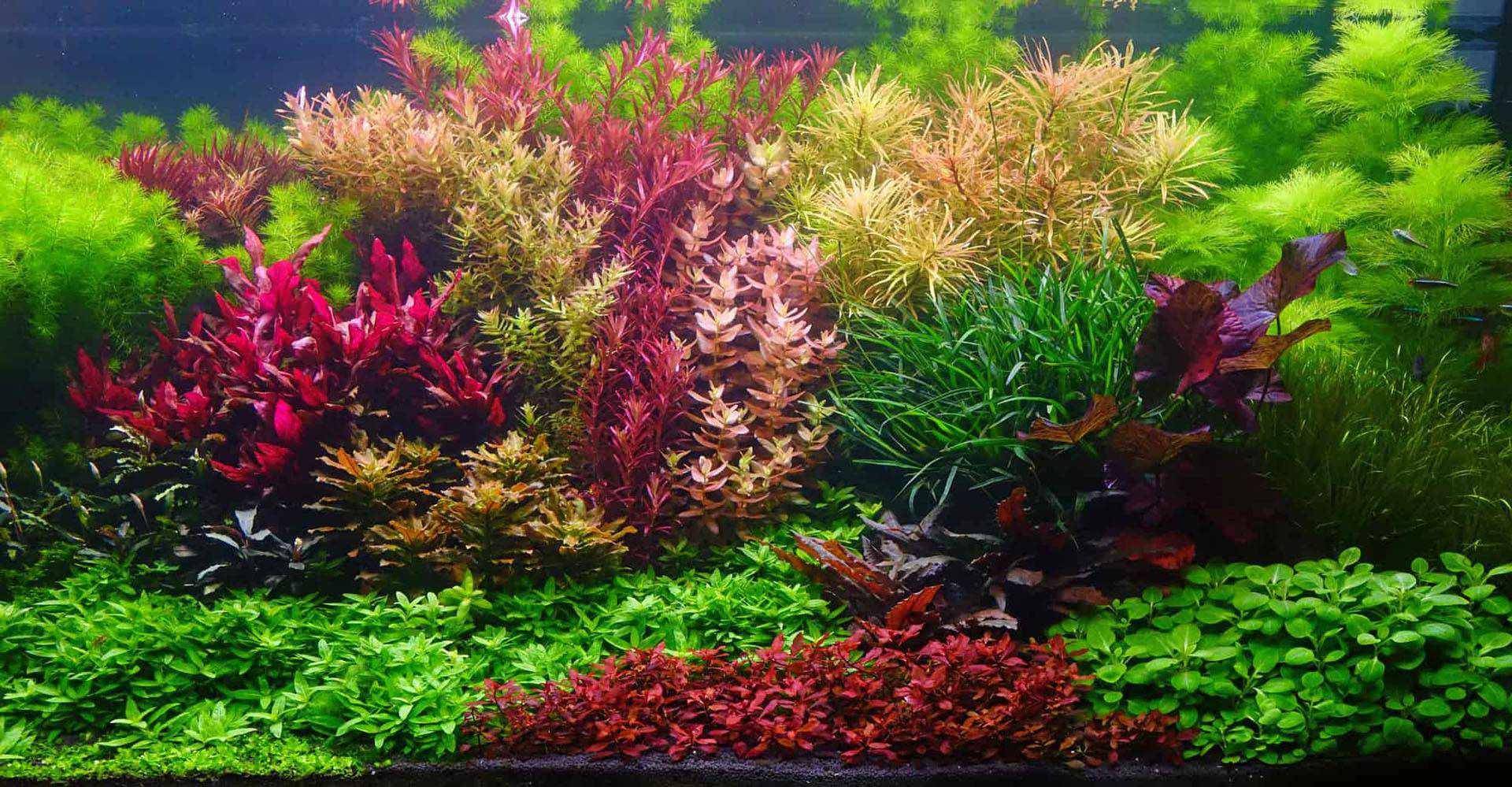
Several High Demand Plants
Aquarium plants in high demand may be found all over the world, with some originating in specific places. These plants are frequently available from local fish stores, internet vendors, or other aquascaping aficionados. Among the most popular and most in-demand plants are:
1. Taxiphyllum barbieri (Java Moss): Java Moss, which originated in Southeast Asia, is a low-maintenance, fast-growing moss that makes dense, rich carpets in the aquarium.
2. Anubias (Anubias barteri): A species of anubias. Anubias plants are native to Africa and are recognized for their resilience to a variety of water conditions.
3. Amazon Sword (Echinodorus grisebachii): Amazon Swords are big, leafy plants native to the Amazon River region that provide cover and shade for fish while also giving a dramatic touch to the aquascape.
4. Vallisneria (Vallisneria spp.): These grass-like plants may be found all over the world and are admired for their long, beautiful blades that sway in the water, providing a tranquil ambiance.
5. Ludwigia (Ludwigia spp.): Ludwigia species are noted for their brilliant red and orange colors, making them an eye-catching addition to any aquascape.
6. Dwarf Hairgrass (Eleocharis parvula): Dwarf Hairgrass is a popular choice for producing carpeted foregrounds in aquariums. It is native to North America.
Key Pillars of Plant Demand
Several essential components play an important part in constructing a successful underwater garden when it comes to assuring the success of plant demand in your Aquascape. Let’s take a closer look at these critical elements:
Appropriate Lighting
The cornerstone of healthy plant development in the aquarium is adequate illumination. Different high-demand plants have different light intensity and time needs. Think about the following:
- Lighting Type: Select the right aquarium lighting. LED and fluorescent lights are widely utilized, with LEDs becoming more popular due to their energy efficiency and adaptability.
- Light Duration: Longer photoperiods are frequently beneficial to high-demand plants. Investigate the individual light needs of your chosen plants and create a regular lighting routine.
- Intensity: Many high-demand plants survive in light levels ranging from moderate to high. Adjust the brightness of your aquarium lights to fit your plants’ demands while avoiding overexposure, which can cause algae problems.
Substrate
The substrate you choose will serve as the basis for your high-demand plants to develop and thrive. Opting for the relevant substrate must deliver important minerals and nutrients is important. Take a look at these:
- Substrate Type: Use nutrient-rich substrates or root tabs to guarantee your plants have access to the nutrients they require. Common substrates include aqua soils, sand, and specialty planting substrates.
- Depth: Depending on the plant type, the depth of your substrate layer might vary. For example, carpeting plants require a shallow substrate, but bigger plants may benefit from deeper layers.
CO2 Injection
Carbon dioxide (CO2) injection systems, while not required for all high-demand plants, can dramatically improve their growth and coloring.
- CO2 Levels: Some plants, especially those with bright colors or quick growth, benefit from higher CO2 levels. Investing in a dependable CO2 injection system to keep CO2 levels steady can effectively meet plant demand.
- Monitoring: Check CO2 levels regularly and adjust as needed to avoid swings that might stress the plants. You can use a drop checker to precisely measure CO2 concentration.
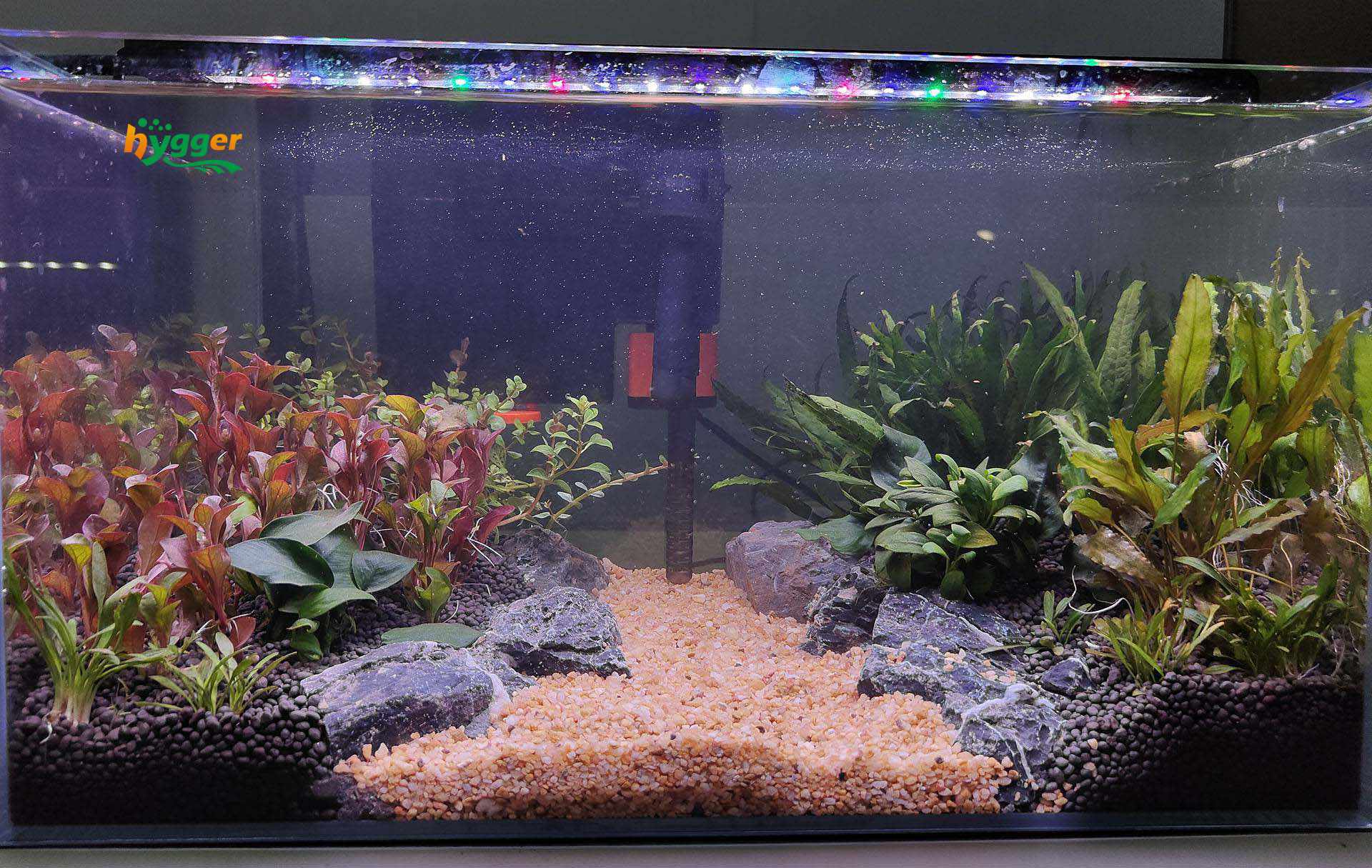
Regular Pruning
Pruning is required to keep your aquascape’s intended form and attractiveness. Follow these trimming principles to avoid overpopulation and promote healthy growth:
- Trimming: Trim superfluous growth using proper instruments, such as scissors or aquascaping scissors, and remove dead or rotting leaves as soon as possible to protect water quality.
- Pruning Schedule: Create a pruning schedule depending on the pace of the plant’s growth. Trimming your aquascape regularly keeps it visually appealing and promotes plant vitality.
Water Quality
Stable water conditions are critical to the overall health of the most in-demand plants. Address the following water quality issues:
- Temperature: Keep the water temperature consistent within the optimal range for your plants. The majority of aquatic plants grow in temperatures ranging from 72°F to 78°F (22°C to 26°C).
- pH and Hardness: Research your high-demand plants’ individual pH and hardness requirements. If required, adjust water settings gradually to avoid stunning your plants.
- Water Changes: To eliminate accumulated pollutants and preserve water quality, regular water changes are required. Check that the new water has been dechlorinated and is the correct temperature for the aquarium.
Fertilization
Since most demanded plants require some additional fertilizer to absorb nutrients. To make sure the plants getting the nutrients, follow the below tips:
- Liquid Fertilizers: You may use liquid fertilizers rich in macro and micronutrients. Make sure you are within limits when it comes to dozing and follow the guidelines.
- Root Tabs: Root tabs, can be put into the substrate to supply nutrients straight to the roots and benefit the root-feeding plants.
Placement
A well-balanced aquascape requires careful thought of where you position the high-demand plants inside the tank. Follow these rules for plant placement:
- Front vs. Background: Determine if your plants belong in the front, mid-ground, or background. This location determines your Aquascape’s general layout and visual harmony.
- Spacing: Plant spacing is important to minimize overpopulation, which can lead to poor growth and light restriction. Allow enough space for each plant to thrive.
Conclusion
Finally, the field of aquascaping has grown in popularity, with high-demand aquarium plants playing an important part in creating stunning underwater landscapes. These plants have become vital for aquarists seeking both aesthetic beauty and ecological balance because of their appealing leaves, simplicity of maintenance, oxygen generation, and distinctive growth patterns.
They are available from various sources and need careful attention to lighting, substrate, CO2 injection, frequent trimming, water quality, and fertilizer. Understanding and adopting these critical pillars will help enthusiasts secure the success of their high-demand plants, resulting in healthy and visually appealing aquascapes.
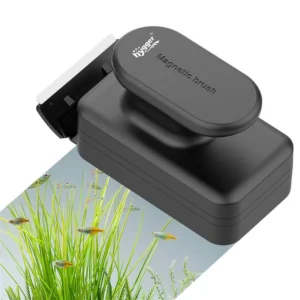
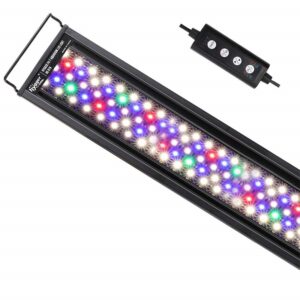
Leave a comment